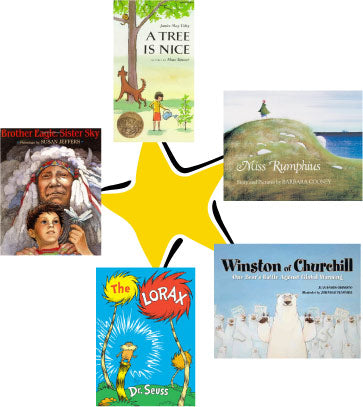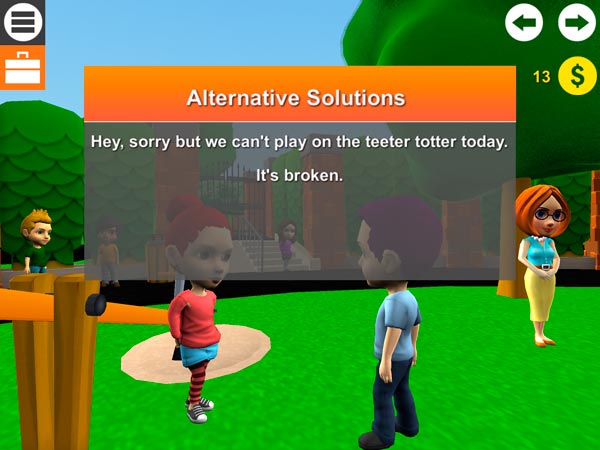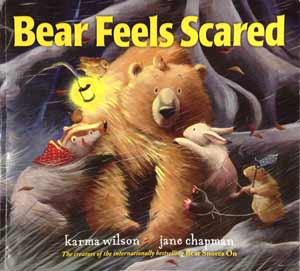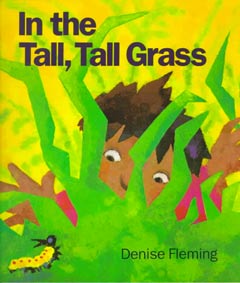Secure Checkout. FREE SHIPPING for Continental U.S. Orders over $60.
Menu
-
- Home
-
About Us
-
The Approach
-
Linking Language & Literacy
-
MindWing Learning
-
Learning Resources
-
SHOP
-
Blog
-
- About MindWing
- Our People
- Contact Us
- Your Account
- Login
-
United States (USD $)

Secure Checkout. FREE SHIPPING for Continental U.S. Orders over $60.

Five Favorite Books and Downloadable for Earth Day
April 20, 2016
 Earth Day is Friday, April 22, 2016! We have chosen five of our favorite book titles for this day to share with you. Clicking on any of the titles will take you to a description found on Amazon.
Earth Day is Friday, April 22, 2016! We have chosen five of our favorite book titles for this day to share with you. Clicking on any of the titles will take you to a description found on Amazon.
Also, please enjoy this Free Downloadable for your students to use to reinforce the SGM® Setting icon and Earth Day!
Create a bulletin board of ideas entitled… The Setting, Our Earth is Ours to Care For!...

Tech Tuesday: Tech Tie-Ins to Autism Awareness Month
April 19, 2016 1 Comment

For this month’s Technology Tuesday, I wanted to spin off of the previous post and mention new resources relating to the themes of a few of these posts from the MindWing archives. So here is some commentary and additional tools relating to four of our back catalog of posts relating to language learning in the population of students with autism spectrum and related disorders. Aligning SGM® with The Zones of Regulation, and Tech-Tie-Ins! This post described the key connections between Story Grammar Marker® and Leah Kuypers’ wonderful and extremely useful Zones of Regulation curriculum. In the post, resources such as Pic Collage were mentioned for making visuals elaborating on emotional vocabulary associate with each Zone, and YouTube Kids for locating video scenes to assist students in identifying Zones and “Triggers” (essentially Kick-Offs) in others...

Kindergarten and First Grade Setting: Bear Feels Scared
April 08, 2016
 Another story that I frequently used in kindergarten and first grade for development of the concept of the Setting was Bear Feels Scared by Karma Wilson. As always, read the book for enjoyment with the children. Then, choose any of the following ideas and modify them to meet the needs of your students. 1. Elicit words from the students to describe the setting of the woods. The text and illustrations will give plenty of ideas. Use the SGM Magnets as shown at right, creating an expository list map. 2. A simple project—easy for you to create—to further form this connection between the SGM icon and “Setting” term is shown below. Students may copy words from the list or you might want to have them written out for them, depending on the child(ren). The star icon is found on page 140 of the Braidy the StoryBraid manual...
Another story that I frequently used in kindergarten and first grade for development of the concept of the Setting was Bear Feels Scared by Karma Wilson. As always, read the book for enjoyment with the children. Then, choose any of the following ideas and modify them to meet the needs of your students. 1. Elicit words from the students to describe the setting of the woods. The text and illustrations will give plenty of ideas. Use the SGM Magnets as shown at right, creating an expository list map. 2. A simple project—easy for you to create—to further form this connection between the SGM icon and “Setting” term is shown below. Students may copy words from the list or you might want to have them written out for them, depending on the child(ren). The star icon is found on page 140 of the Braidy the StoryBraid manual...

Autism Awareness & SGM®: 31 FREE RESOURCES
April 05, 2016 1 Comment
In recognition of Autism Awareness Month, we would like to share with you 31 Blog Posts, Free Lessons, Webinars and Videos that focus on social communication which can be used to help children along the Autism Spectrum. The themes in these blogs/lessons/videos/webinars are perspective-taking, social problem solving, critical  thinking, social emotions, theory of mind, story-telling and more! In addition to these FREE resources, for the month of April our Autism/Social Communication Collection is $50 OFF! The sale price is $99.95 for the whole collection (normally $149.95)! We want to give you the chance to use this kit of materials with the population of students who can benefit from it most...
thinking, social emotions, theory of mind, story-telling and more! In addition to these FREE resources, for the month of April our Autism/Social Communication Collection is $50 OFF! The sale price is $99.95 for the whole collection (normally $149.95)! We want to give you the chance to use this kit of materials with the population of students who can benefit from it most...

Fun Activity to Reinforce the “Kick-Off”
March 29, 2016

The Doorbell Rang by Pat Hutchins has been a popular book used to teach sharing and fractions in elementary school. If you are not familiar with the story, Ma bakes a batch of a dozen cookies to be shared by her two children. However, as they sit down to enjoy the treat, the doorbell begins to ring with friends dropping by. Each time, the cookies must be divided up to share! The ending is quite a surprise! We have found this book to be an excellent way to reinforce the Initiating Event or “Kick-Off” icon of a story, especially in first grade. All you will need is the book and a “Kick-Off” icon taped to the end of a Popsicle stick, one for each participant...

Kindergarten Activity: In the Tall, Tall Grass
March 25, 2016 1 Comment
 In the Tall, Tall Grass by Denise Fleming has always been a favorite of mine to use with kindergarten students. It follows the perspective of a caterpillar on a journey in the tall, tall grass. I found it especially helpful to reinforce the Action Sequence, Stage 2, of narrative language development, shown below from Braidy the StoryBraid manual. The pictures below show a center activity that proved very popular with the students. The icon templates were obtained from pages 140-141 of the Braidy the StoryBraid manual. 1. I made a pocket folder for all the materials to be stored in out of green construction paper, folding it in half and cutting the “grass” along one end. 2. I cut out the star icon from page 140 of the manual...
In the Tall, Tall Grass by Denise Fleming has always been a favorite of mine to use with kindergarten students. It follows the perspective of a caterpillar on a journey in the tall, tall grass. I found it especially helpful to reinforce the Action Sequence, Stage 2, of narrative language development, shown below from Braidy the StoryBraid manual. The pictures below show a center activity that proved very popular with the students. The icon templates were obtained from pages 140-141 of the Braidy the StoryBraid manual. 1. I made a pocket folder for all the materials to be stored in out of green construction paper, folding it in half and cutting the “grass” along one end. 2. I cut out the star icon from page 140 of the manual...
